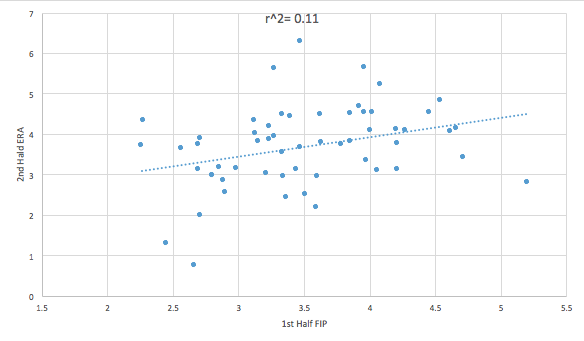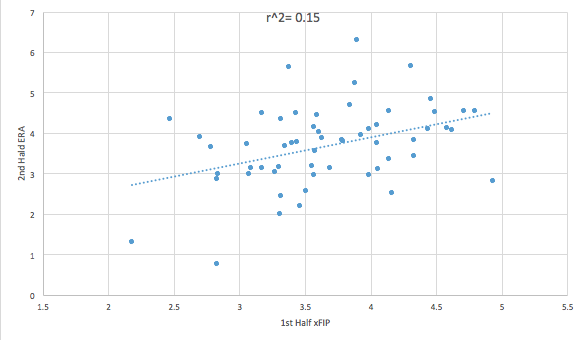NY-Penn League Scouting: Chalmers, Shore, Chatham, Dalbec, and Dawson
I watch a lot of baseball. I get to see a lot of players. Some of them will go on to have productive major-league careers, but most will not. The point of this article is to look at some of those who may, at the the very least, reach the show.
This report comes after observing two NY-Penn League (low-A) series in late August/early Sept. and includes players from the Oakland Athletics, Boston Red Sox, and Houston Astros organizations.
I will introduce each player as follows:
Name, Position, Organization, Organizational Prospect Rank, Age
Dakota Chalmers, RHP, Oakland Athletics, Rank: 9, Age: 19
Chalmers was drafted out of a Georgia high school in 2015. He’s a four-pitch pitcher– fastball, changeup, curveball, slider. Though, there’s only a 2-3 mph difference between his slider and curveball and not much of a visible difference. His fastball sat 91-93 when I saw him last week; I’ve seen him as high as 93-95. He has a high-effort delivery and control remains his biggest issue, which I’d say is a pretty good place to be as a 19-year-old. His fastball and curveball/slider look above-average, while his changeup shows potential but still is inconsistent in terms of location. I imagine he didn’t have to throw it that often in high-school competition last year.
Logan Shore, RHP, Oakland Athletics, Rank: 12, Age: 21
Shore’s strength is his command. His fastball sits 90-92 and he also throws a changeup (his best pitch) and slider. He pounds the zone and shows the ability to throw any pitch for a strike in any count. He made one (big) mistake during his last outing – an opposite-field three-run home run– but otherwise was solid. His slider remains his weakest pitch, but when it’s on (and it mostly is) he sees a lot of quick and easy outs. I would imagine he won’t add much velocity in the future as he’s already filled out, but can still see him being an effective pitcher nonetheless.
C.J. Chatham, SS, Boston Red Sox, Rank: 15, Age: 21
Interestingly, Chatham is a tall (6’4) shortstop whose biggest strength is his defense. Many at his size project better as third basemen, but it looks like Chatham has the ability to stay at short. He uses his long frame well to cover ground and also shows good arm strength. At the plate, the first thing that stood out was his aggressiveness as he swung at seven of nine first pitches. He also showed some line-drive power, hitting two doubles (one over the center fielder’s head and one down the left-field line) in the two games I saw.
Bobby Dalbec, 3B, Boston Red Sox, Rank: 21, Age: 21
This guy hits the ball really really hard. I saw him in eight at-bats – three strikeouts and five very well-hit balls. Even his outs were hit hard. He looks like an all-or-nothing type hitter. Lots of doubles and home runs but a lot of strikeouts. A former pitcher in college, Dalbec definitely has the arm to remain at third base. His range looked good too — he made one nice play to his right, a charging backhand near third base while having to throw across his body to get the out.
Ronnie Dawson, OF, Houston Astros, Rank: 18, Age: 21
Another all-or-nothing-type hitter, Dawson was drafted in the second round of the 2016 draft out of Ohio State. He looks like he could have been a running back at OSU too — standing 6’2 and 225 lbs. His power and bat speed definitely show – he smoked a line-drive double down the right-field line when I saw him. But so do the swings and misses – he struck out in his other three at-bats. Defensively, Dawson projects more as left fielder as his arm and speed aren’t two of his better tools. From the eye test, Dawson reminds me of the Indians’ Carlos Santana, except Santana strikes out a lot less (14% compared to Dawson’s 24%).













